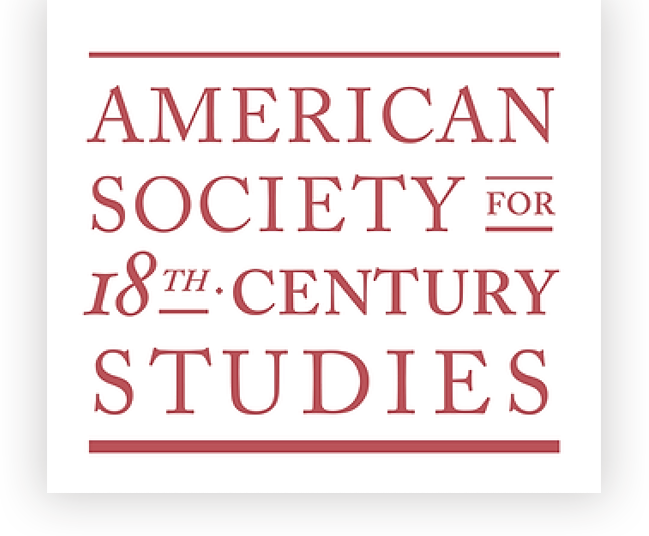ABOUT
The Departure of the Gondola. Giovanni Domenico Tiepolo, Oil on Canvas. 14 1/8 × 28 3/4 in. (35.9 × 73 cm). Metropolitan Museum of Art

MISSION
The American Society for Eighteenth-Century Studies, established in 1969, is the foremost learned society in the United States for the study of all aspects of the period from the later seventeenth through the early nineteenth century. Our members are literary scholars and writers, historians, theorists of gender, race, sexuality, disability, nation and empire; philosophers and political theorists; art historians and artists; musicologists and musicians; theater historians and practitioners; biographers and bibliographers; and specialists in other humanistic, artistic, and social scientific fields with a range of broad and more particular interests. We are committed to fostering an inclusive and welcoming environment in which all members participate fully in the exchange of knowledge and ideas.
WHO WE ARE
Collectively, we are dedicated to the interdisciplinary, global study of the eighteenth century, a period that witnessed an enormous expansion in colonial claims, worldwide trade, and imperial ambition; a rising discourse of rights in conflict with a devastating transatlantic slave trade; unprecedented technological innovation; and the development of new ideas and cultural practices associated with the Enlightenment. In the eighteenth century, new readerships arose for newly invigorated genres such as the novel; theater audiences engaged new forms of dramatic expression; artists began to create for public markets as well as elite patrons, and composers experimented with innovations to traditional musical forms. The political, social, economic, cultural, and environmental practices forged in this period have profoundly shaped the world we inhabit today in both positive and negative ways and will continue to influence our common future.
WHAT WE DO
- We hold an annual meeting each year, usually in the spring, and sometimes in tandem with a regional affiliate or with the International Society for Eighteenth-Century Studies.
- We support caucuses devoted to significant subfields in eighteenth-century studies.
- We affiliate with other societies that encourage scholarship on eighteenth-century subjects and sub-disciplines.
- We participate in gatherings and initiatives with other eighteenth-century studies groups around the world.
- We publish quarterly and annual journals that make available the best scholarship on all aspects of the eighteenth century.
- We foster new research methods in multiple media that are applicable to eighteenth-century studies.
- We encourage innovation and experimentation in residential and online learning in higher education.
- We award prizes that recognize outstanding scholarship and teaching in eighteenth-century studies.
- We provide funding for research at archives and library collections across the globe.
- We mentor scholars early in their careers, both during and beyond graduate studies.
- We provide opportunities for professional development.
- We welcome scholars pursuing all aspects of eighteenth-century studies and in all careers and career stages: in graduate studies; in tenured, tenure track, or non-tenure track academic positions; in part-time or temporary positions in the academy; and in situations beyond the academy including teaching, libraries, and publishing, as well as independent scholars.
- We join with libraries to support archival research through joint funding of travel fellowships and other grants.
- We advocate for eighteenth-century studies as an affiliate member of academic societies in the humanities and in relevant disciplines.
- We affirm diversity and inclusion as core values in our scholarship and in our membership.
- We are committed to respectful dialogue and the highest standards of professional conduct.

